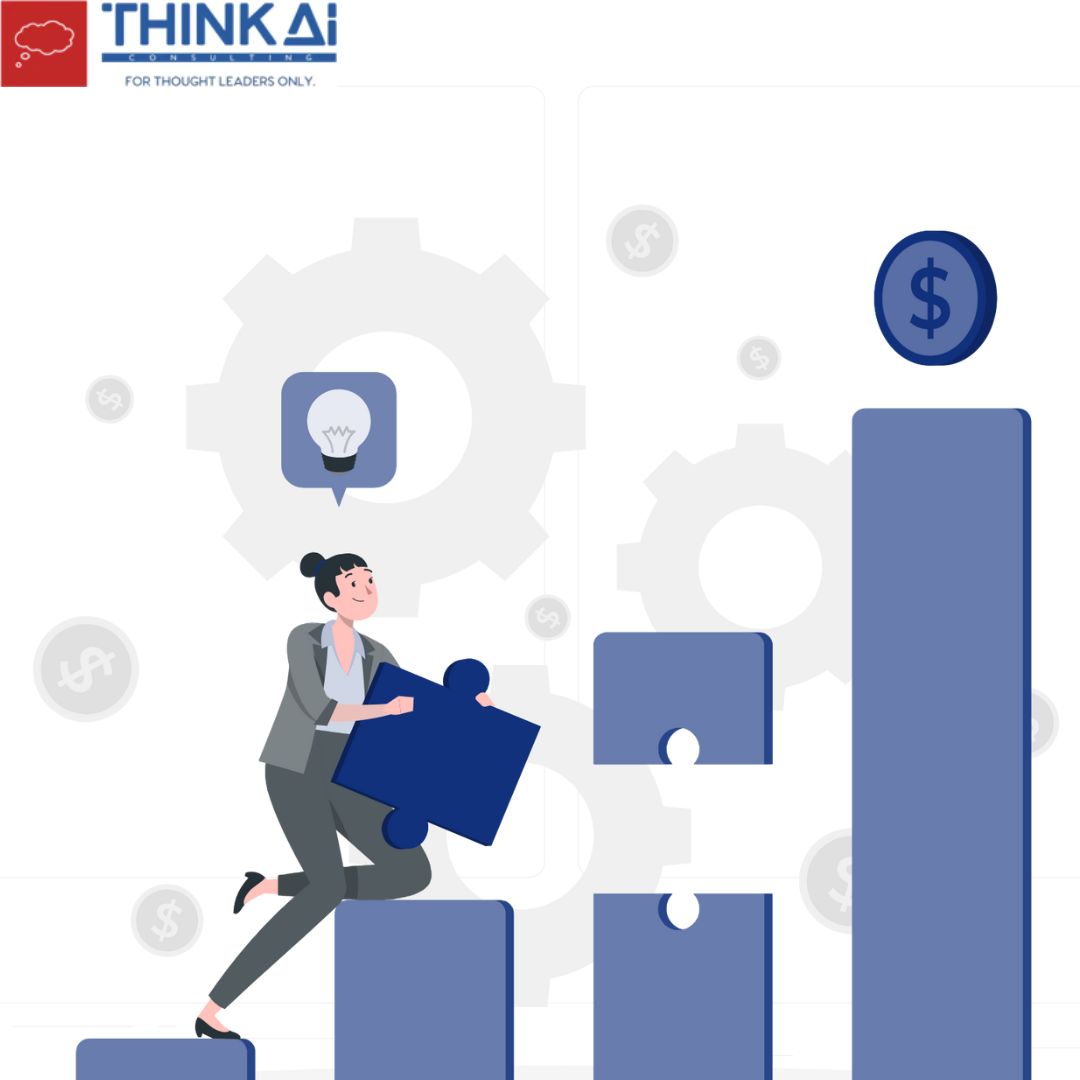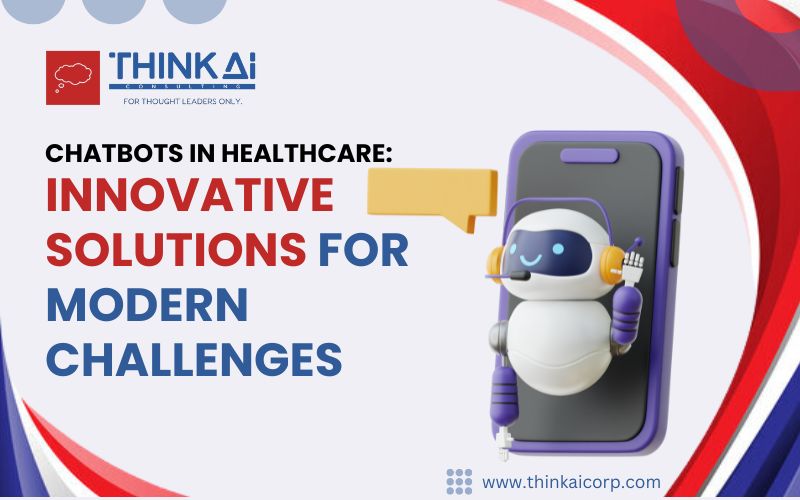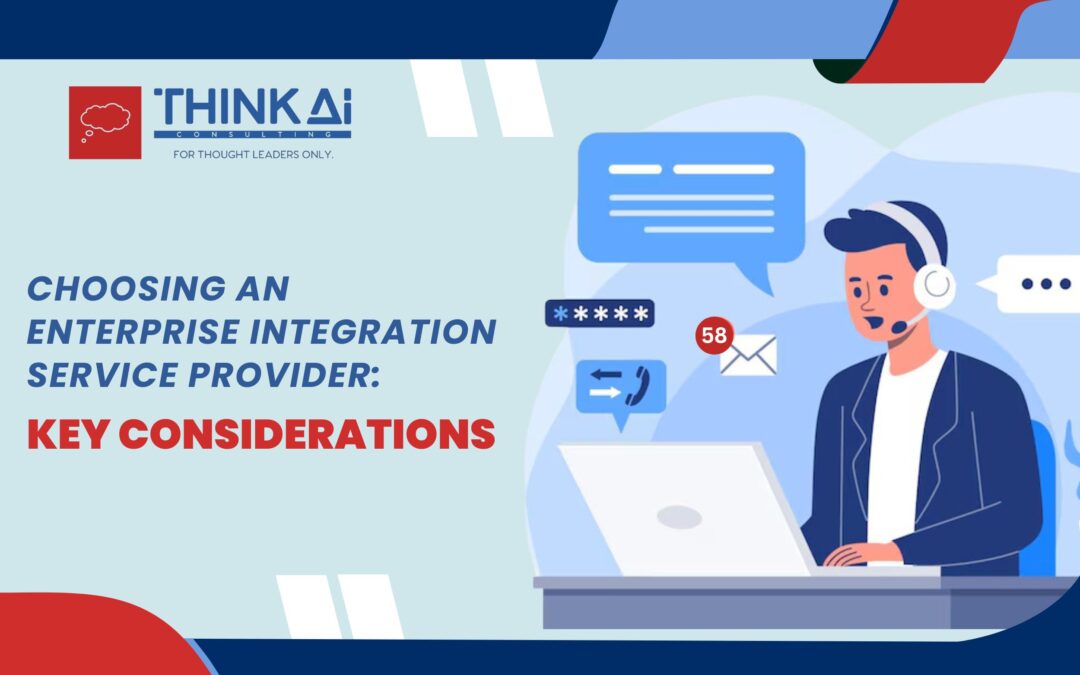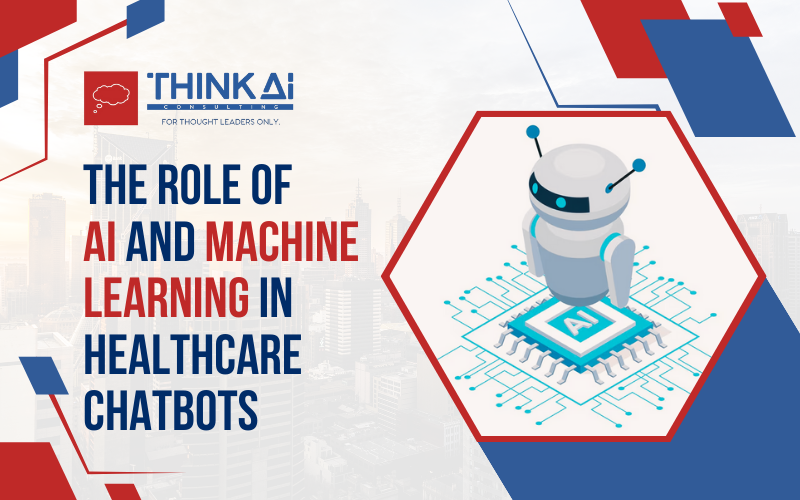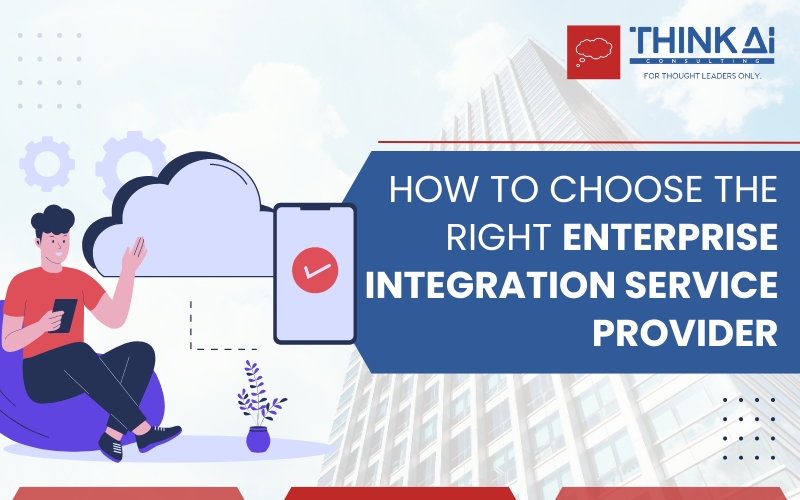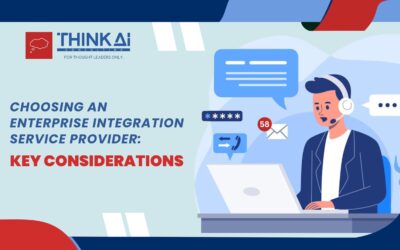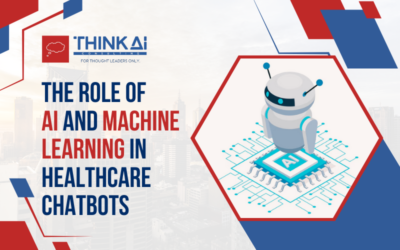Enterprise Integration is a key component of digital transformation. Enterprise Integration allows companies to scale more rapidly, focus on their core competencies, and increase their speed to market.
In this post, we’re going to discuss the benefits of enterprise integration. Integrating systems and processes across an organization can be a complex process, with many different stakeholders involved. But done right, it can have huge benefits for your business. Let’s take a look at five signs that you need enterprise integration and how it can help your team grow:
ACCESS A SINGLE SOURCE OF TRUTH ACROSS YOUR ORGANIZATION
A single source of truth is a key benefit of enterprise integration. When all stakeholders have access to the same data, it makes collaboration faster and easier. This is especially true for companies that are scaling rapidly or trying to prioritize different business initiatives by pulling in information from multiple sources at once.
Business agility: Being able to quickly respond to changing market conditions requires having an accurate view of your company’s current state with reliable data that can be accessed across all departments and levels within the organization. Without this visibility into its operations, a company’s leaders risk falling behind or even making bad decisions based on incomplete or faulty information.
For example, let’s say you need new talent but don’t know how many open positions you have available across all divisions; or perhaps there’s an opportunity for a merger between two separate departments—but they’re not communicating effectively enough because neither understands what the other department does well enough yet (they need more information). These kinds of scenarios might seem farfetched but they happen often enough within large organizations where employees may not be aware of each others’ roles within their respective teams – which mean no one knows exactly who does what!
IMPROVE PRODUCTIVITY WITH AUTOMATION
For example, automation is used in manufacturing to run multiple tasks at once. This allows for greater efficiency and productivity as it reduces the number of human workers needed to complete any one task. Automation also helps companies reduce costs and increase safety by removing human error from dangerous or difficult work environments.
Automation can be used across all industries, including agriculture, transportation, construction, and more. Some examples include automated warehouses; self-driving cars; robot butlers that deliver food on demand through a network of underground tunnels (seriously).

SPEED UP DELIVERY CYCLES AND REDUCE COSTS
When you’re working on a project, you’ll likely think of ways to improve the process. You might be tempted to reinvent the wheel and create your tools or processes. But enterprise integration enables you to leverage existing tools in new ways, which could cut down development time by as much as 75%.
For example, if one team uses Twilio for their messaging needs and another one uses Microsoft Teams for theirs, enterprise integration can be used to connect those two systems so that messages from one system appear in the other. Instead of having separate teams for each system (and therefore doubling your workload), an integrated platform can save you time and money by allowing both platforms’ functionality within one interface.
ENHANCE BUSINESS AGILITY BY SUPPORTING NEW INITIATIVES
In today’s fast-paced business environment, organizations need to be able to scale rapidly and respond quickly to stay competitive. This often requires them to take on new initiatives that may otherwise not be feasible given their current IT infrastructure.
Enterprise integration can help organizations support these initiatives by providing the necessary agility, scalability, and flexibility needed for rapid growth.
IMPROVE REAL-TIME DECISION MAKING
When you have access to an integrated data platform, it’s possible to make better decisions in real time. Data integration allows your organization to:
- Make more accurate decisions by combining and analyzing large amounts of data from many different sources.
- Speed up decision-making by eliminating the need for re-entering information into multiple systems (for example, if the same customer has two accounts with your company).
- Run more efficient operations with standardized processes that can be replicated throughout the organization (for example, if there is a standard way of routing a request once it comes in).
- Reduce mistakes and improve accuracy when users are pulling information from one source rather than multiple sources (for example, if someone is looking up a customer’s address instead of relying on memory or guessing based on what they see on their screen).
CONCLUSION
If you’re looking to improve the way your company operates, get in touch with our experts today. We can help you identify the best solution for your business and guide you through the process of implementing it.

Manish works primarily with implementing cutting-edge technology for thought leaders who can envision moving their company into the future of business. These technologies include application of Artificial Intelligence, chatbots, Business Intelligence, and Data Analytics through Power BI. He is your ideal partner to guide you through a complex technology transition in your business.
President of International Association of Microsoft Channel Partners (IAMCP) SoCal
Strong focus on customer service with a history of A++ client satisfaction
Awarded the 2019 IAMCP SoCal Partner Choice Award
Awarded the ABAOC 2019 Presidential Award of the year


